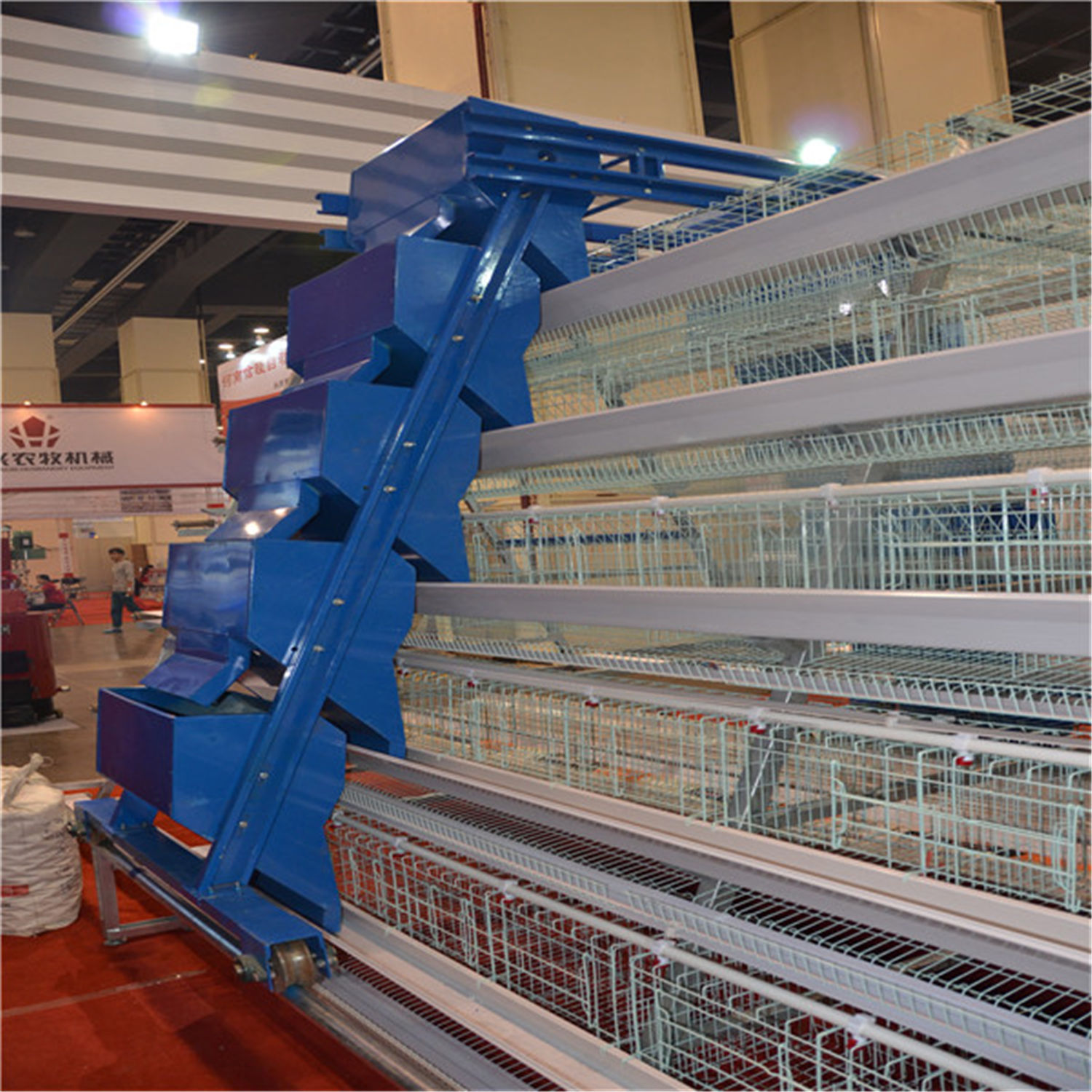When we raise chickens in poultry cage equipment, we control ventilation in closed houses. It is to solve the contradiction between air quality and ambient temperature at low temperature. It is suitable for air temperature at different temperatures under normal temperature. Heat accumulation at high temperature and harmful in air. Effective ways to accumulate gas, microbial dust and humidity; effective control of ventilation in chicken houses is an inevitable choice for establishing an excellent living environment for chickens.
The only way to remove the moisture in the house and reduce the harmful gas content and the temperature in the house is to increase the air circulation in the house. The amount of air circulation is determined by the wind speed. Therefore, in order to ensure the fresh air in the chicken house, there must be a certain wind speed, which directly affects the heat dissipation function and air quality of the chicken body. Winter chicken houses should coordinate the
relationship between ventilation and heat preservation. It is necessary to maintain a certain amount of ventilation, discharge the dirty air inside the house, reduce the humidity and harmful gas concentration, and prevent the chicken from reacting due to low temperature.
Relationship between ventilation and air quality
1, in general, the best suitable temperature for laying hens is 15 ° C ~ 19 ° C, which can play the best production performance, the highest feed conversion rate; the temperature to ensure normal production performance should be 13 ~ 23 ° C. If the temperature difference is relatively large in a short period of time, the chicken’s resistance will decrease and the disease will occur. When the temperature of the house is lower than the normal temperature, the purpose of ventilation is limited to the replacement of fresh air, which is achieved after ventilation. increase temperature.
2, the relationship between ventilation and harmful gases
When the temperature is above 14 °C, because the house is always kept ventilated, the temperature has little effect, and harmful gases can be effectively discharged at the same time. The influence of harmful gases on the air inside the house is not very important. However, when the temperature is below 13 °C, or the temperature is in the range of 13 °C ~ 9 °C, it will have a slight impact, and between 9 °C and 6 °C, the egg production can be reduced by 10% to 15%,
below 6 °C. It can reduce the laying of eggs by 15% to 30%. At this time, heat preservation is especially important. In the winter, the relationship between ventilation and heat preservation must be handled. Ventilation and ventilation should be carried out to reduce the concentration of harmful gases and ensure the oxygen content of the air in the house, and to maintain the temperature inside the house to meet the needs of flock production.
3, the relationship between ventilation and humidity
The humidity in the chicken house is one of the greatest hazards constituting the deterioration of the house environment. It is mainly derived from the moisture discharged from the chicken body, the moisture of the exhaled gas and the water leaked from the water supply system; these moisture can cause the ground and the litter to be wet. It induces many diseases and harms the health of the flock. To discharge the moisture in the house and reduce the concentration of harmful gases in the house, the most effective way is to increase the air circulation in the house, rely on ventilation, take away the water inside the house, to keep the house dry, reduce the generation of harmful gases, and ensure the health of the chicken.
